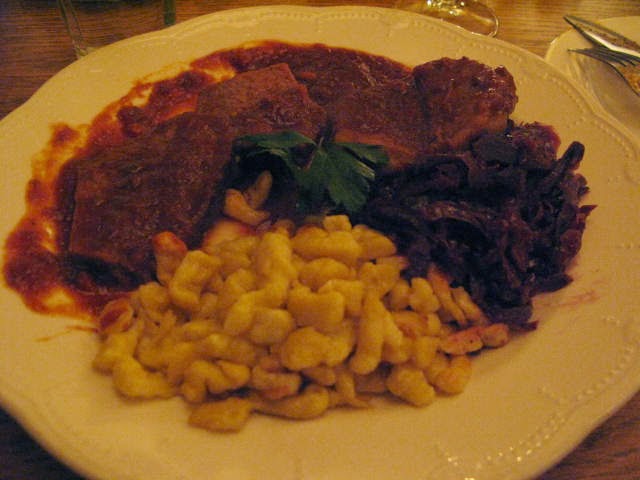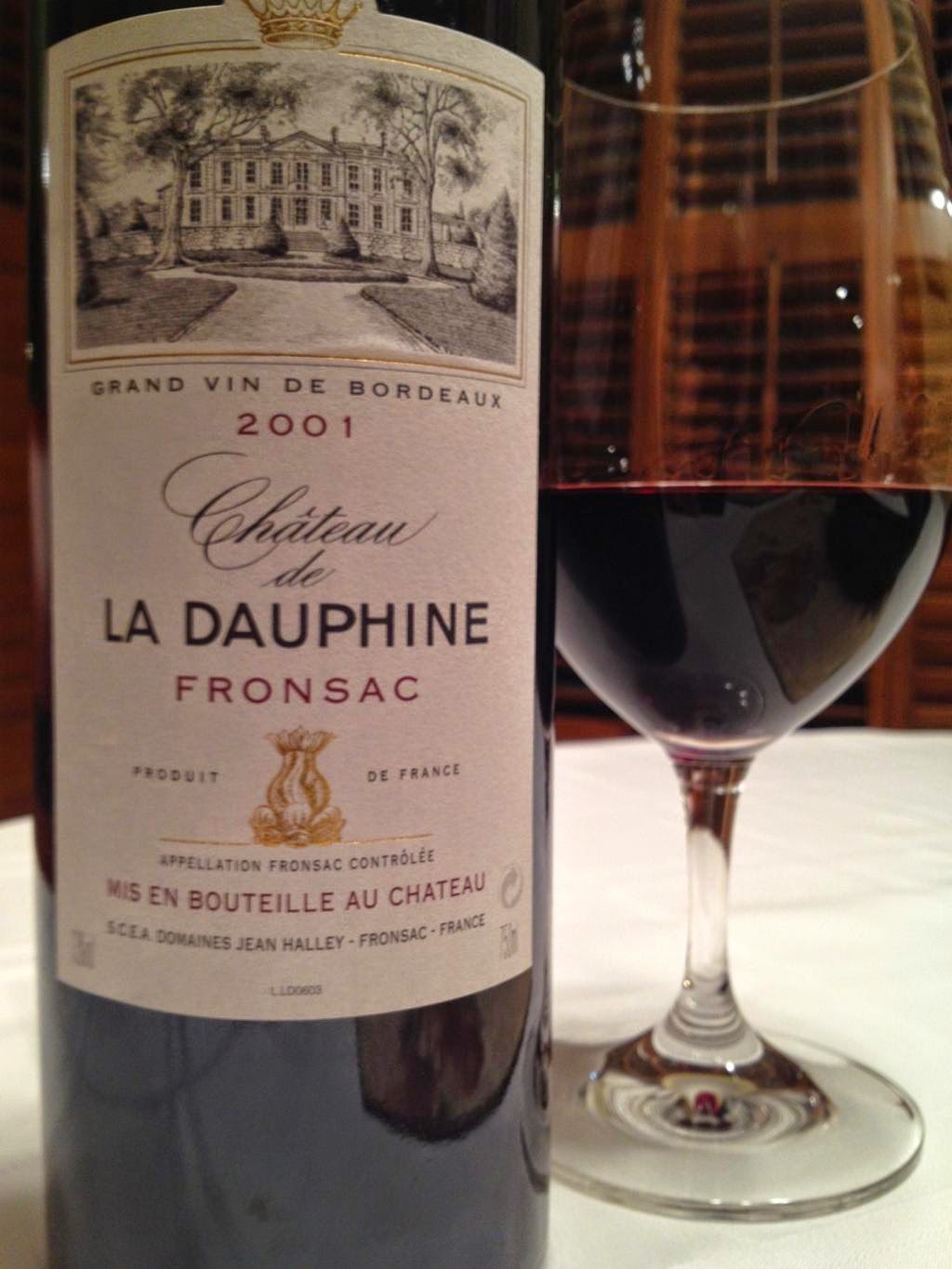This view is from the driveway with a vineyard right next to us and Seneca Lake right in front. Across the water you can see vineyard sites on the other side.
The snow hasn't been a problem at all for getting around. The roads were fine. In fact, we think the wintry landscape enhanced the beauty of the experience. Bundling up against the cold, going into the warmth of winery tasting rooms, and getting to know the wine producers while looking out the windows at the snow, the evergreens, and the lake was wonderful.
It's a homey place with a gas fireplace warming the one room.
The furnishings appear to be whatever Berta could find second hand, but the coffee was hot and delicious, a man was strumming a guitar, and we soaked up the ambience of a snowy late-November Saturday morning.
Berta makes everything from scratch, including the tortillas for breakfast tacos that were just delicious. She patties the tortillas from masa de maiz and cooks them up crisp on the grill, puts a fried egg on them, and tops them with refried black beans, chopped peppers, shredded cheese, and guacamole.
After breakfast we made our way over the ridge that separates Seneca Lake and Cayuga Lake (pronounced kee-yewga) to Sheldrake Point, on the west side of Cayuga and practically right on the water.
The tasting room was large and modern. Like the producers we visited the previous day, the Riesling was their best effort, but they also had a nice Pinot Gris, the only place where we saw it, so we bought a few. Once again, we saw a clear trend that indicates the area is great for Riesling, but the producers are struggling a bit with almost all the other varietals. There seems to be a tendency to emphasize quantity over quality is some ways, which is an indication of a wine region still maturing.
It's a beautiful place and we'd like to visit again sometime.
After dinner the evening before, I read an article in the New York Times about an old state psychiatric hospital and the unmarked cemetery where patients were buried. By amazing coincidence, it was within a few miles of us, Willard State Hospital, so we drove around until we found the site. It closed in 1995 and is a sad and tired-looking place now. I wish I had made a few pictures.
We stopped at Wagner Winery on the basis of a review I read, but were completely unimpressed. Not only were the wines unremarkable, the visit was like rushing through an exhibit at an amusement park. Enough said about Wagner.
Down the road a piece and after a turn onto a long, bumpy dirt road that makes its way down the hill closer to the water's edge, we found Silver Thread Winery. I was actually glad it was harder to reach because I thought it might attract more serious-minded visitors and a higher quality product. This time, we were rewarded.
Paul and Shannon Brock took over the estate a few years ago and are part of the emerging trend of quality-minded producers in the Finger Lakes. We enjoyed the chance to chat with Paul while we tasted the wines. He is earnest and dedicated to his work. This image shows part of the vineyard on the slope down to the lake. The narrow, deep lakes have a moderating influence on the vineyards, cooling them during the summer growing season and protecting them in the winter from the harshest freezing temperatures. The winter temps are actually warmer next to the water than farther away.
Our last winery stop of the day was the improbably-named Bloomer Creek Vineyard Winery. Here we found another producer that resonates with what we seek in a wine grower and winemaker, someone who is willing to sacrifice quantity for quality, to take care of the land, and let the place express itself in the wines. Kim Engle farms the vineyards, picks the grapes, makes the wines, and served us in his simple tasting facility overlooking Seneca Lake.
Kim limits yields to better concentrate and ripen the grapes. He limits use of herbicides and insecticides. He doesn't inoculate with cultured yeast, preferring instead to allow ambient yeast to initiate fermentation, which takes longer to complete. His wines are vivid, compelling, precise, interesting. In addition to his Riesling, we found distinctive Gewürztraminer and, even more interesting, a red blend of Cabernet Franc and Merlot. We're pretty experienced with Cabernet Franc from the Loire Valley of France and, I swear, if I was sniffing and tasting them side by side, I don't think I could tell them apart. It was the only red wine we tasted during our visit to the Finger Lakes that we felt was worth taking home. Meeting Kim and tasting his wine was a highlight of the trip.
Back at the bed and breakfast, here's a view from the back deck of the winter sunset over Seneca Lake, a beautiful end to a beautiful day of exploring the wine scene in the Finger Lakes.
On the suggestion of Kim Engle at Bloomer Creek, we tried the Hazelnut Kitchen in nearby Trumansberg. Who is that peering over the lace curtain in the front window?
There he is again! Under the snowflakes!
While we were waiting, I snapped this photo of my sweetheart. She's just so cute.
We shared this salad of roasted honeynut butternut squash, toasted pumpkin seeds, whipped goat cheese, pickled cranberries, and arugula. What an interesting combination!
Mary's main course was a blackened and baked chicken breast with, baked peas, which to me looked like the field peas of the South, warm slaw, and hot cornbread. In New York, of all places!
I had a braised pork shoulder with roasted brussels sprouts on a bed of celery root puree and creme fraiche. Sensational!
And since we were at the Hazelnut Cafe, Mary had a dessert of hazelnut butter cake with salted caramel and hazelnut chocolate ice cream.
The wine was this Lamoreaux Landing dry Riesling from the shore of Seneca Lake. It was a lovely wine, aromatic of flowers, lemon, grapefruit citrus and a little stone fruit. The palate had great acidity, very clean and crisp, with delicious flavors of citrus, peach notes, maybe a little spice, and a nice mineral stoniness. Beautifully balanced, fairly complex, a great effort, 12.5% alcohol. And only $28 in a fine restaurant. Tough to beat that. It was a lovely dinner with someone I love.
Tomorrow we return home to Plymouth. We enjoyed our visit to the Finger Lakes very much and would like to return, perhaps in the summer or autumn. It is definitely a wine region in transition, finding success with Riesling, for sure, and trying to decide on other paths to success. They have to resolve that it is better to make excellent wine at somewhat higher prices than to make an ocean of low-cost quaffers, but that means the consumers must understand, appreciate, and value wines that can compete on the world stage. From our standpoint, it's fun to watch and experience the evolution. I'm optimistic about the coming years in the Finger Lakes.
That's our post for today. Thanks for reading Cépage et Cuisine. We hope you liked it and will read us again. Keep checking back. In the meantime ...
Cheers!
Brian♥Mary




































































